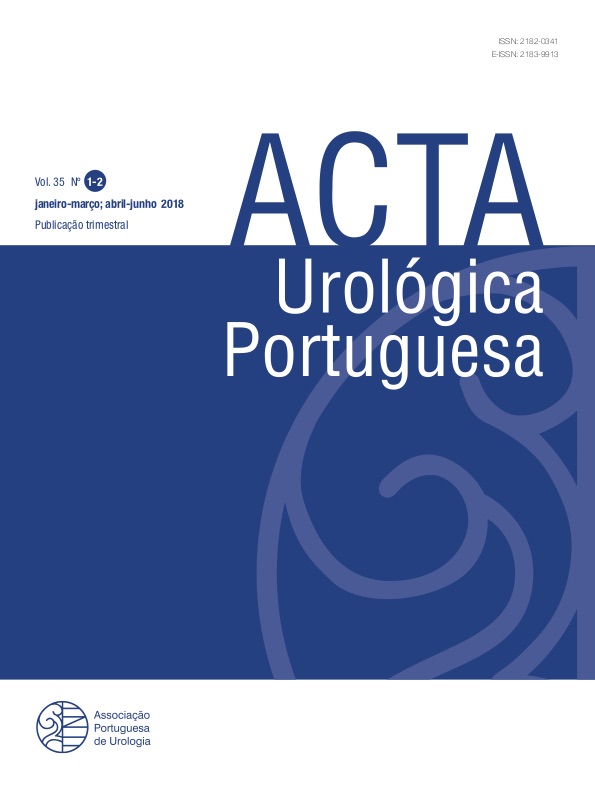Comparative Study of the Efficacy and Safety Between Two Bipolar Instruments (EnSeal® and Ligasure™) in Ex-Vivo Porcine Vessel Sealing
DOI:
https://doi.org/10.24915/aup.35.1-2.79Keywords:
Endovascular Procedures, Hemostasis, Surgical, Models, Animal, Swine, Vascular Surgical ProceduresAbstract
Introduction: Hemostasis is a central issue in laparoscopic surgery. There are no clear guidelines when it comes to the choice of what energy scissor to use. This study compares the efficiency and security between EnSeal® and LigasureTM in the sealing of arteries and veins in an ex-vivo porcine model.
Methods: The instruments were compared with each other with respect to cutting speed and burst pressure (BP) after vessel harvest. The coagulation and cut levels of the generators were set up at a constant level. A group of vessels was sent for histological evaluation with assessment of thermal damage and histological seal.
Results: A total of 124 vessels were tested. Overall, LigasureTM was the fastest instrument in all types of vessels and EnSeal® was the slowest. There were no statistically significant differences between the BP, except for the group of medium arteries, where the BP generated by LigasureTM were significantly higher than the ones generated by EnSeal®. In the same group of vessels LigasureTM was the one with the lowest percentage of seal failures. There was no association between the number of seal failures and the size of the vessel. There was, however, an association between the number of seal failures in arteries versus veins, with a larger number of failure in arteries for both instruments, compared to none failure in veins with LigasureTM. Although no statistically significant differences were found between the seals of the two instruments, the one with the highest median sealing length in both arteries and veins is LigasureTM, which theoretically may mean a more reliable sealing.
Conclusion: LigasureTM provides the fastest and most reliable seal, with superior BP in medium arteries comparatively to EnSeal®, and greater sealing length median, both in arteries and veins. However, it presented significantly higher thermal damage than EnSeal®.
Downloads
References
2. Bibi S, Alblawi S, Velchuru V, Thripuraneni G, Quinteros F, Coralic J, et al. Sealing of Vessels Larger Than 7 Millimeters Using Enseal in Porcine Aorta. JSLS J Soc Laparoendosc Surg. 2014;18(3):e2014.00182.
3. Chikamoto A, Kaida T, Arima K, Higashi T, Taki K, Ida S, et al. Heat injury to the inferior vena cava by bipolar tissue sealer. Surg Endosc. Springer US; 2015;2–5.
4. Tanaka R, Gitelis M, Meiselman D, Abar B, Zapf M, Carbray J, et al. Evaluation of Vessel Sealing Performance Among Ultrasonic Devices in a Porcine Model. Surg Innov. 2015;22(4):338–43.
5. Lyons SD, Law KSK. Laparoscopic vessel sealing technologies. J Minim Invasive Gynecol [Internet]. Elsevier Ltd; 2013;20(3):301–7.
6. Družijanić N, Pogorelić Z, Perko Z, Mrklić I, Tomić S. Comparison of lateral thermal damage of the human peritoneum using monopolar diathermy, Harmonic scalpel and LigaSure. Can J Surg. 2012;55(5):317–21.
7. Zaidi N, Glover AR, Sidhu SB. The Covidien LigaSure Maryland Jaw Device. 2015;12(2):151–5.
8. Press D. Consistency and sealing of advanced bipolar tissue sealers. 2015;193–9.
9. JF A. Laparoscopic application of an ultrasonically activated scalpel. Gastrointest Endosc Clin North Am. 1993;(3(2)):381–91.
10. Monroe EH, Pirozzi K, Schulte JB, Clymer JW. Tissue effects in vessel sealing and transection from an ultrasonic device with more intelligent control of energy delivery. 2013;151–4.
11. Heniford BT. A Comparison of Laparoscopic Bipolar Vessel Sealing. 2003;13(6).
12. Person B, Vivas D a, Ruiz D, Talcott M, Coad JE, Wexner SD. Comparison of four energy-based vascular sealing and cutting instruments: A porcine model. Surg Endosc. 2008;22(2):534–8.
13. Hruby GW, Marruffo FC, Durak E, Collins SM, Pierorazio P, Humphrey PA, et al. Evaluation of Surgical Energy Devices for Vessel Sealing and Peripheral Energy Spread in a Porcine Model. J Urol. 2007;178(6):2689–93.
14. Giglio NC, Hutchens TC, Perkins WC, Latimer C, Ward A, Nau WH, et al. Rapid infrared laser sealing and cutting of porcine renal vessels, ex vivo. SPIE 8926, Photonic Ther Diagnostics X. 2014;892619.
15. Seehofer D, Mogl M, Boas-Knoop S, Unger J, Schirmeier A, Chopra S, et al. Safety and efficacy of new integrated bipolar and ultrasonic scissors compared to conventional laparoscopic 5-mm sealing and cutting instruments. Surg Endosc. 2012;26(9):2541–9.
16. Newcomb WL, Hope WW, Schmelzer TM, Heath JJ, Norton HJ, Lincourt AE, et al. Comparison of blood vessel sealing among new electrosurgical and ultrasonic devices. Surg Endosc Other Interv Tech. 2009;23(1):90–6.
17. Mantke R, Halangk W, Habermann a., Peters B, Konrad S, Guenther M, et al. Efficacy and safety of 5-mm-diameter bipolar and ultrasonic shears for cutting carotid arteries of the hybrid pig. Surg Endosc Other Interv Tech. 2011;25(2):577–85.
18. Timm RW, Asher RM, Tellio KR, Welling AL, Clymer JW, Amaral JF. Sealing vessels up to 7 mm in diameter solely with ultrasonic technology. Med Devices (Auckl). 2014;7:263–71.




